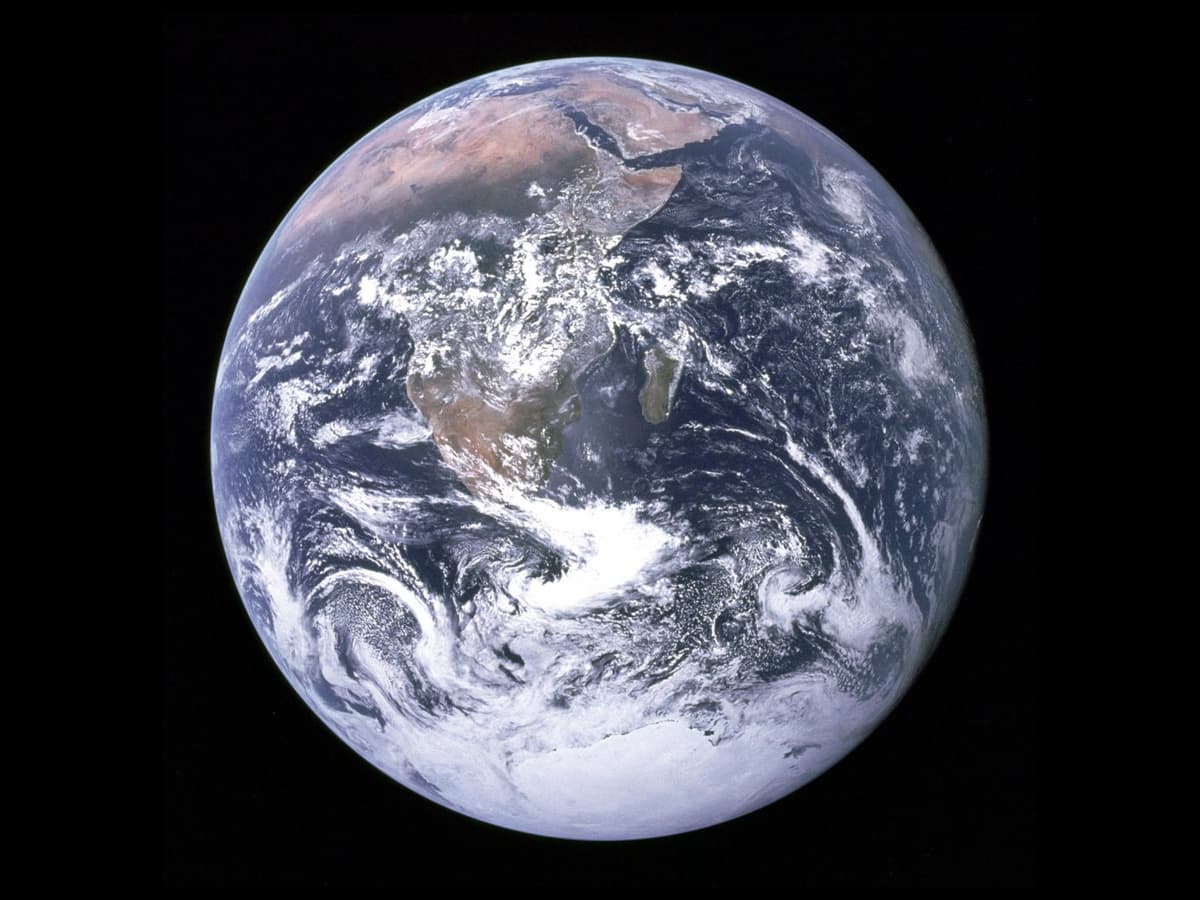Radical Plan To Save Endangered Species Seen as a ‘Cosmic Noah’s Ark’
The concept involves placing the DNA of threatened animals in a vault on the moon’s surface.

Alarmed by the increasing number of species facing extinction, a team of scientists believes the solution to this crisis might be found not on Earth, but on the moon, more than 230,000 miles away.
In a bold proposal published in the journal BioScience, researchers from the Smithsonian and an international cohort suggest moving the DNA of at-risk species off-planet to preserve them from potential global calamities. Their idea? A “cosmic Noah’s Ark” that would store DNA samples in a lunar vault.
A login link has been sent to
Enter your email to read this article.
Get 2 free articles when you subscribe.

